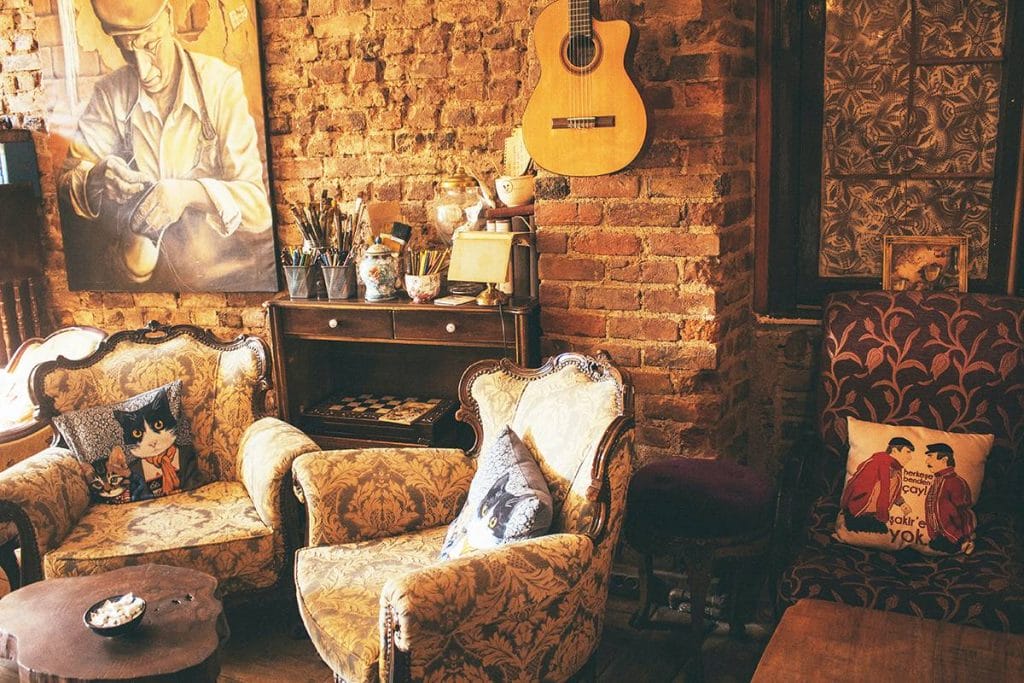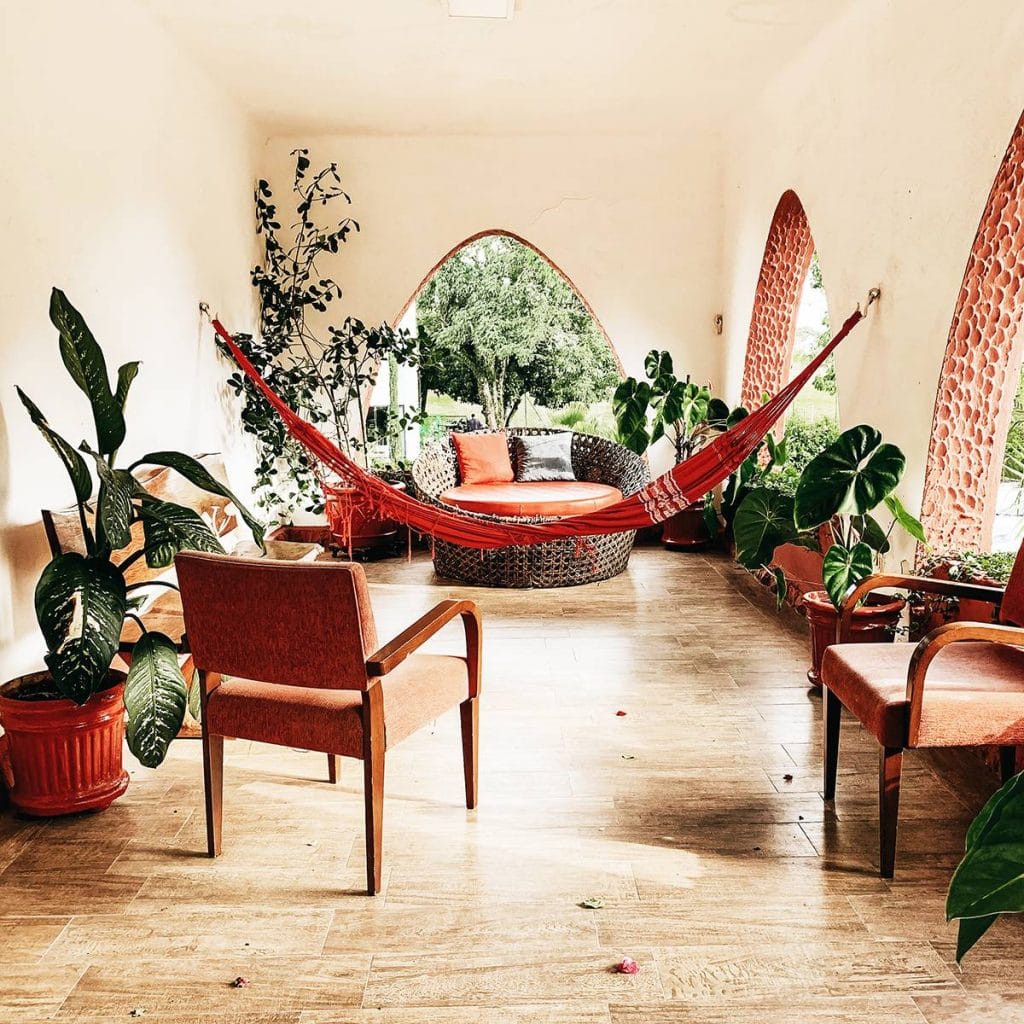2024 is poised to see a dramatic shift in design.
We already got a hint of this when Pantone released Peach Fuzz as the Color of the year 2024, which the company has described as a reflection of an earnest desire to connect to something softer.
When you really think about it, it makes sense given the current situation we find ourselves in — from the state of global politics to the economy to environmental pressures. We can also note the kind of anxieties that we experience with regards to the fast turnaround and advancements in the modern world.
If at all, 2024 is moving us toward something that is not only gentler, but calming and assuring, and even nurturing. We are looking at an expression of the sentiment to go back to simpler times, evocative of our memories, and everything that’s familiar.
That being said, we can expect 2024 to emphasize hues, materials, and textures that are more classic — elements that are able to really convey emotions and tell a story.
From minimalist to maximalist
Design is anticipated to actually veer away from hard minimalism, and throw out the window the much loved and overly used industrial-looking layouts, which have dominated the scene for a good stretch of time.

Instead, interior arrangements will be moving towards a more maximalist approach that creates a more lived-in and layered look, especially through the incorporation of traditional and vintage pieces.
Pantone’s Peach Fuzz will be accompanied by more somber and muted palettes of browns and other earth tones, those that will stress the idea of keeping us more grounded. This is going to be in stark contrast to the whites, greys, and the overall cool shade that have been popular in 2023, and which are expected to fall out of popularity this 2024.
Yet, not everything will say goodbye. 2023 saw us fall in love with bouclé, herringbone or stacked fabric and components that exude a quiet luxury and reflect an attention to subtle detail. We can still expect for these patterns to continue to be enjoyed for years to come, same with continued interest and exploration of biophilic interiors.

This only shows the increased awareness of the need to achieve a sense of mindfulness, well-being, and connection to ourselves and nature, but also to develop a style that is respectful and protective of the ecosystem.
But on the other end of the spectrum, interior design as a profession in 2024 will be more emboldened to explore the possibilities that technology can offer.
Just like in other allied occupations such as architecture, the gradual adoption of Artificial Intelligence (AI) as well as digital and virtual environments are seen to carry massive implications not only in the way that artists perform and conduct the actual creative process, or even interact with clients.
Similarly, the form of smart home devices is anticipated to continue to become more mainstream in many spaces, optimizing the efficiency and performance of interiors. This also potentially helps create more sustainable decorations in the process.
Though apprehensions surround its use and application in works, AI and other innovative tools are definitely here to stay, and have the power to change the landscape in new and exciting ways.
But while various trends are forecasted and predicted to shape things to come in the new year, this of course does not necessarily mean that we are completely bound to follow them. As design of spaces remains to be personal and context-driven, we are still reminded to follow the style that is truly expressive of our own.
* * *
IDr. Kristine Muñoz obtained her bachelor’s degree in Interior Design from the University of the Philippines and her master’s degree, with commendations, in Interior Design from the University of Hertfordshire in England. She is currently a full-time faculty member of the Interior Design Program at the De La Salle-College of Saint Benilde (DLS-CSB) School of Environment and Design (SED).
Muñoz regularly conducts lectures and workshops on Design Thinking and Human-Centered Design as social advocacy. She is also currently serving as the external vice president of the Council of Interior Design Educators, and splits her time between the academe and her practice under Bespoke Design Studio.
She has written extensively on architecture and design in both commercial and academic capacities having held previously writing and editorial positions, and publishing research work.
